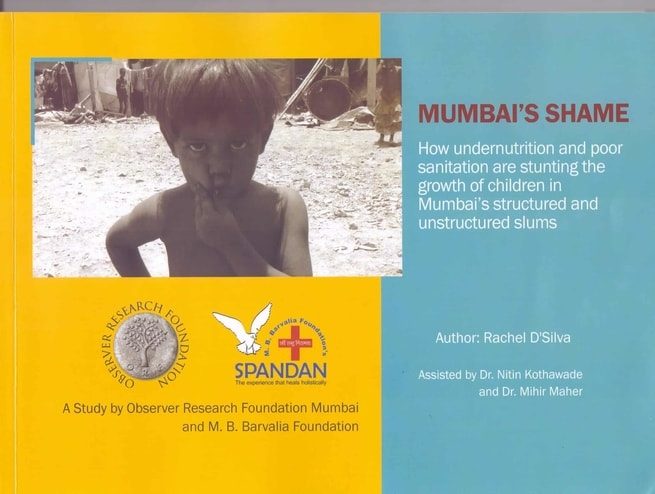

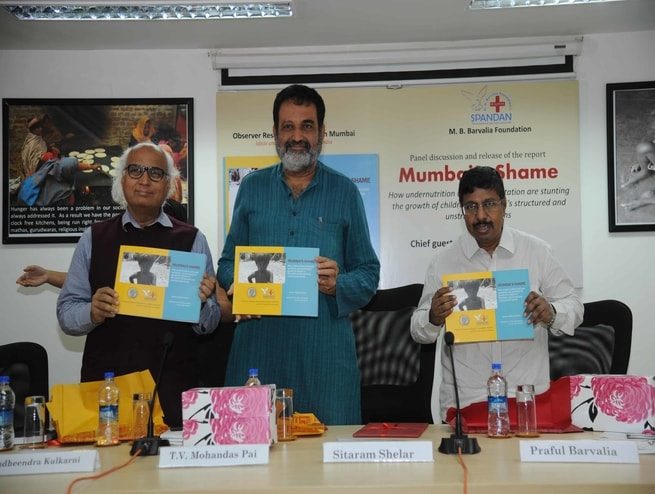
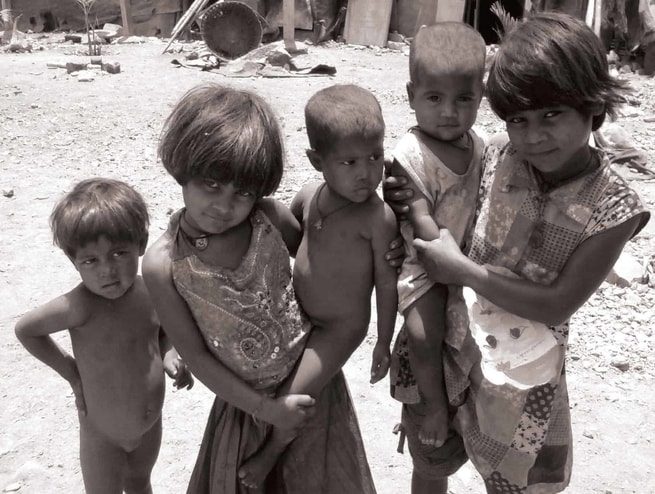
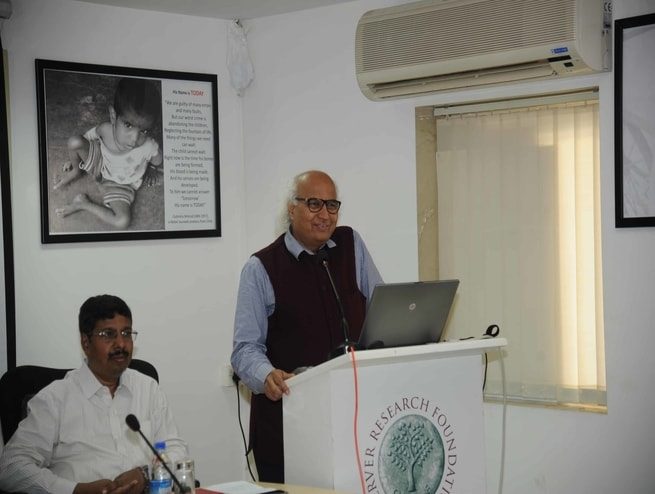
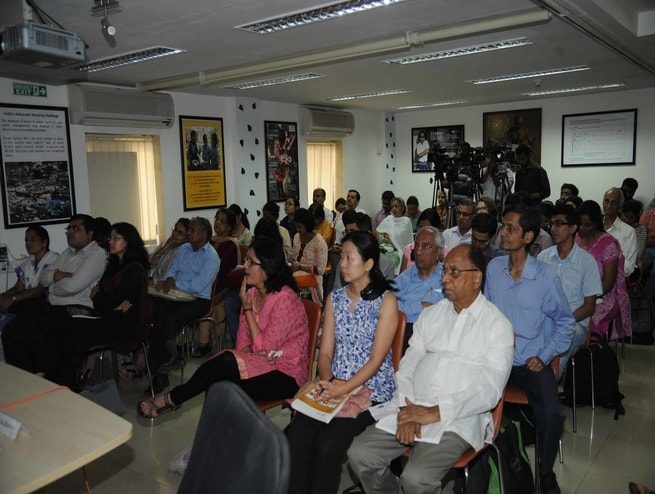
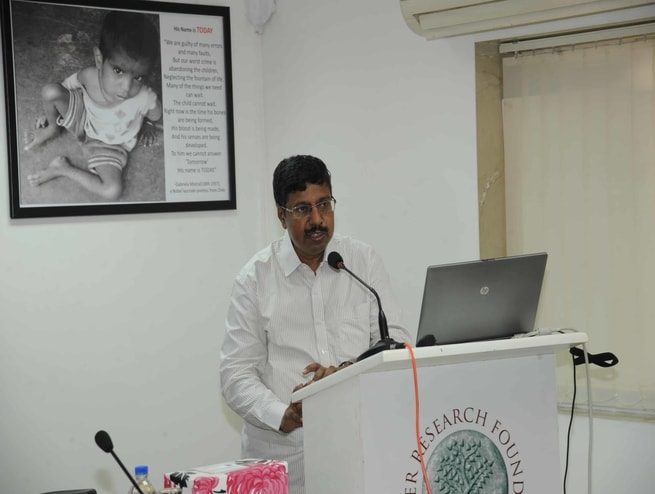
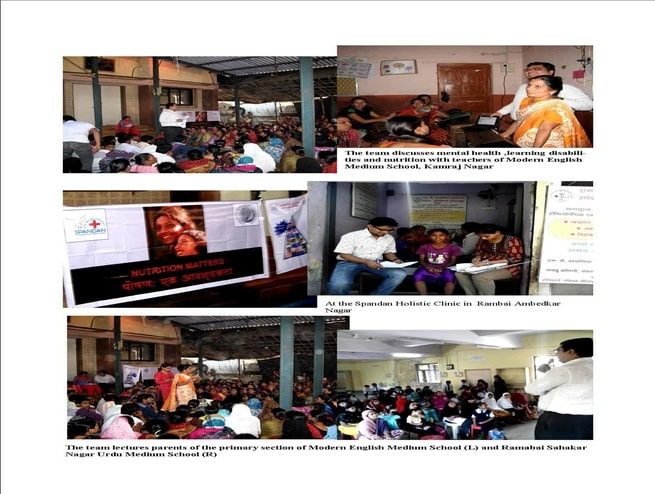
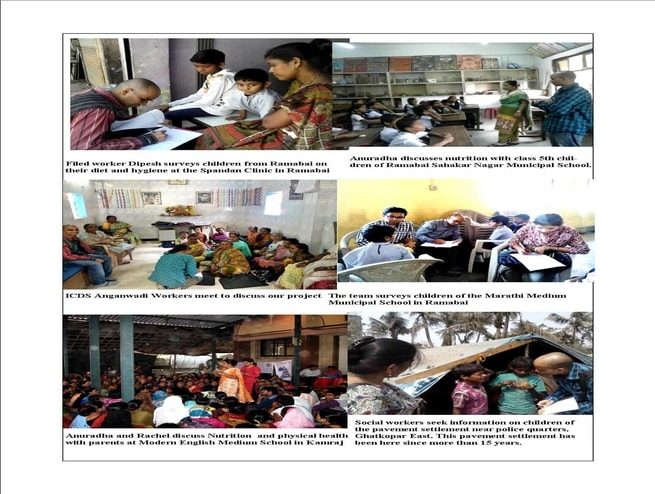
Observer research foundation and M. B. Barvalia foundation conducted a collaborative project on malnutrition to explore the status of malnutrition in Mumbai’s structured and unstructured slums.
The objective of the study was to help better targeting the population at the highest risk for impactful nutrition programs. This study makes an attempt to understand urban child undernutrition through a more precise understanding of slums, highlighting a few theses exclusion-promoting barriers affecting children. Hence the cluster chosen for the study are structured slum pocket and an unstructured slum pocket.
While exploring various biological factors behind malnutrition in children, we discovered that a number of children suffer from verities of chronic diseases eventually leads to protein Energy malnutrition. Simple substitution of protein does not help unless we remove underlying constitutional factors responsible for malnutrition. Here we could perceive role of homoeopathic therapeutics. Constitutional homoeopathic medicines were prescribed in these children which eventually raised immunity and corrected malnutrition. Supplements then could work well and could bring out long-lasting relief. Homoeopathic has a distinct role to play in malnutrition.
Objectives:
- Identifying incident and degree of malnutrition in children in urban slums
- Study of causes of malnutrition
- Making people aware about the importance of balanced diet & nutrition for children’s growth & health
- Making people aware of causes of malnutrition & helping people to overcome obstacles towards a healthy lifestyle & proper nutrition
- Holistic Medical Intervention to deal with malnutrition by providing medicines and supplements
A) Malnutrition :
- TheStateof theWorld’sChildren2012- ChildreninanUrbanWorld,aUNICEF report, calls to better understand the scale and nature of poverty and exclusion affecting children in urban areas.
- As of 2014, there are too many urban poor children living under the most challenging conditions without access to basic services, facing constant threat of eviction, and are extremely vulnerable to disease and disaster. Severely deprived and harsh living conditions put children at greater risk of undernutrition and co-morbidities.
- The results of the study have proved a higher prevalence of under-nutrition in unstructured slums. Further, the findings of the study have shown, higher percentage of children are underweight and stunted among those who have to live in tent type shelters as compared to children living in concrete homes. The year-long survey conducted in two slums in Ghatkopar-he structured Mata Ramabai Nagar slum and an unstructured sprawl at the Indian Oil Nagar-showed these children had a higher incidence of health problems as well. In fact, those in an unstructured slum had worse health parameters than the children living in Ramabai Nagar.
- Out of 150 children from the unstructured slum, only 30% had normal nutrition status, while 70% were underweight. There is a stark difference between the nutritional status and the subsequent consequences in the two settlements. The services provided by civic bodies and other government schemes must be made accessible to the unstructured slums as well.
Challenges to Child Nutrition in Slums:
A closer look at the problem clearly points out certain factors that have perpetuated under nutrition over the decades, letting things remain unchanged.
Nutrition Status:
A higher number of children reported respiratory infections and headaches from the unstructured population. Pain in Abdomen, Watering of eyes and pain in limbs was reported particularly by children from the unstructured slum. Distended Abdomen was found only among the unstructured slum population especially between ages of 3 to 6 years. Mouth ulcers and bleeding of gums, eye problems were reported more among the structured slum children. Poor appetite, tooth carries, and worms in stool were reported by both structured.
There is a higher prevalence of underweight and stunting in the unstructured slum population as compared to the structured slum population.
 Release of Report & Panel Discussion – Read More (Click Here)
Release of Report & Panel Discussion – Read More (Click Here)

